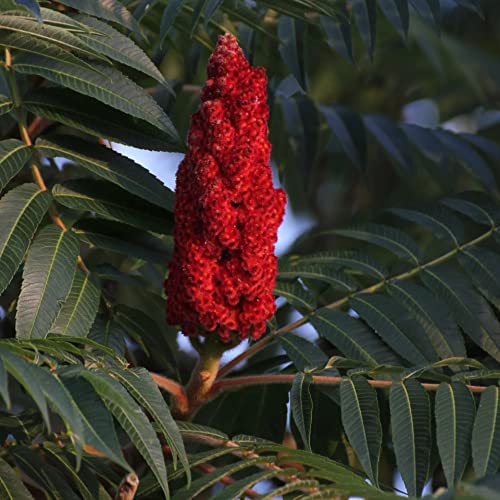Beware these common but toxic tree species – how to identify 5 poisonous trees that might be growing in your yard, and what to plant instead
Arborists reveal the pretty but perilous tree species to watch out for
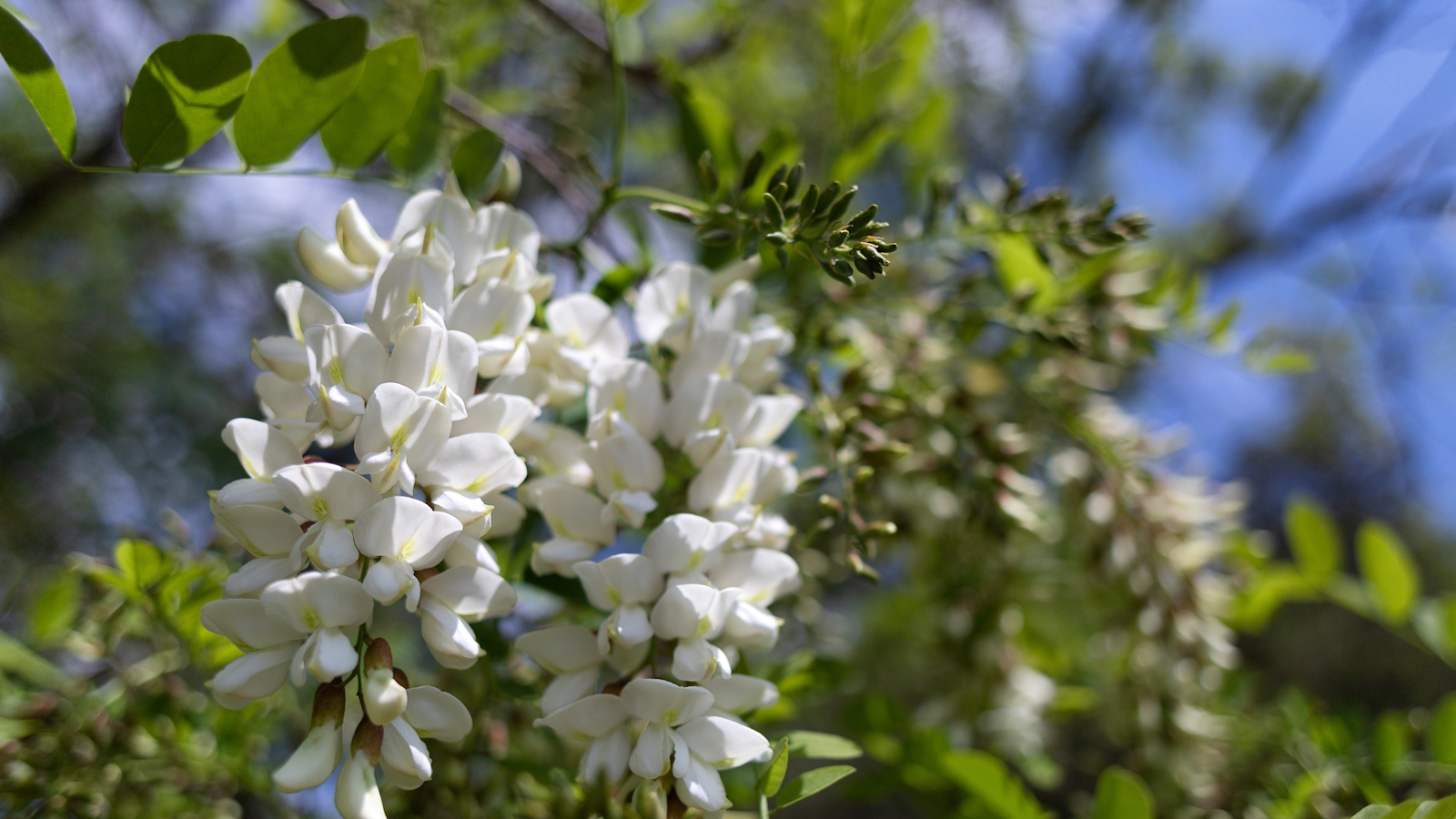

Trees add beauty, shade and structure to any garden, but some of the most common species are also hazardous. While they might look harmless, many trees contain toxic compounds that pose a risk to humans, pets and livestock.
From the classic English yew, with its dark evergreen needles, to the deceptively beautiful black locust, with its pendulous but perilous spring blooms, trees can sometimes be more dangerous than they might at first appear. This is not to say we should all rush to chop down poisonous trees growing in the neighborhood, but it is important to be able to identify toxic trees to know the right approach when handling and pruning them in the yard.
Here, tree experts reveal five common poisonous plants to watch out for and advise on safer tree species to grow if you have young children or pets.
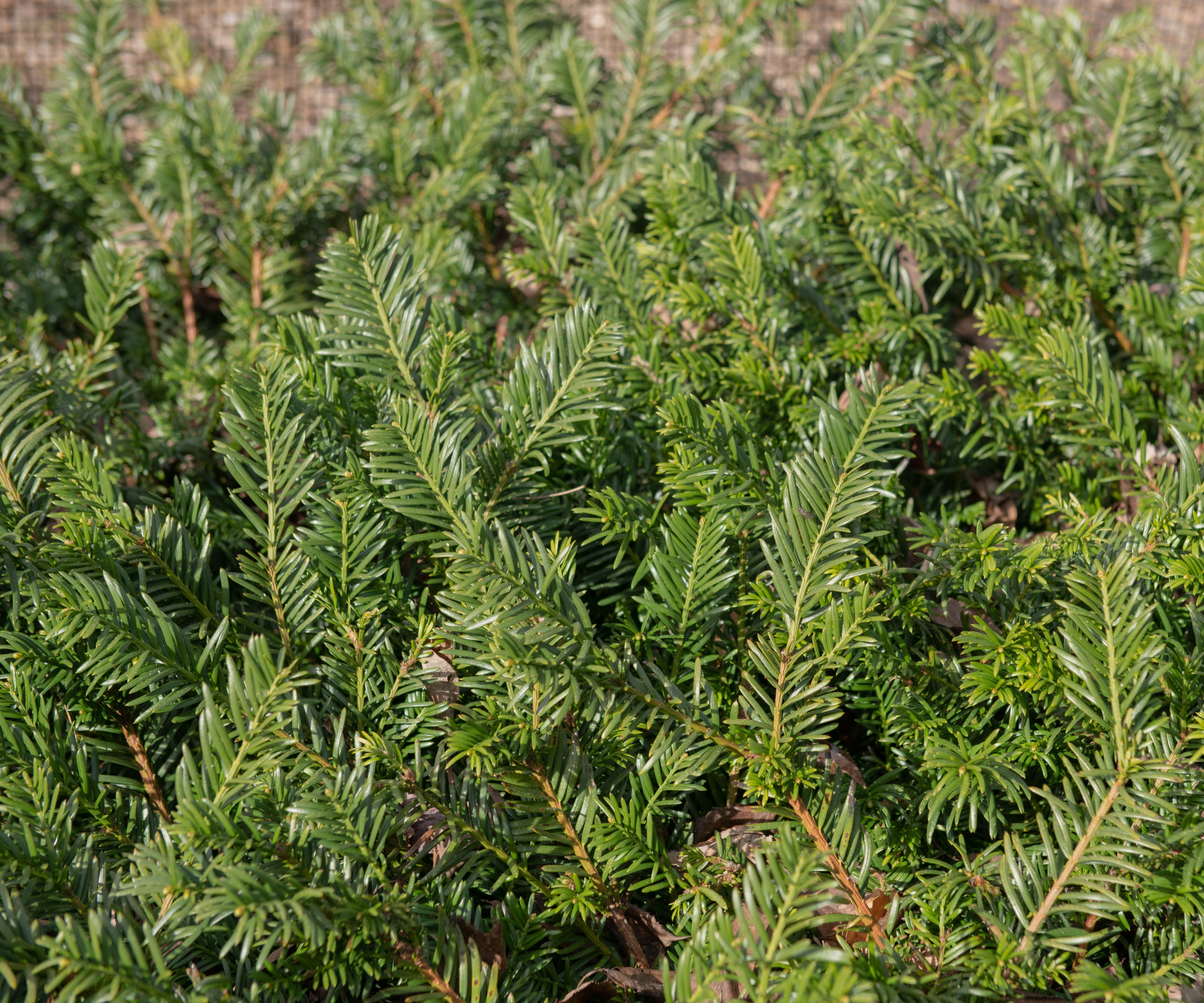
5 poisonous trees that gardeners should know about
Regardless of where you live or your US hardiness zone, there are poisonous perennials, shrubs and trees growing in every region. While you do not need to ban toxic species from your yard, being able to identify them can help mitigate the risk, particularly when working in the yard. Here are five common poisonous trees found growing across North America that you should watch out for.
1. Manchineel tree
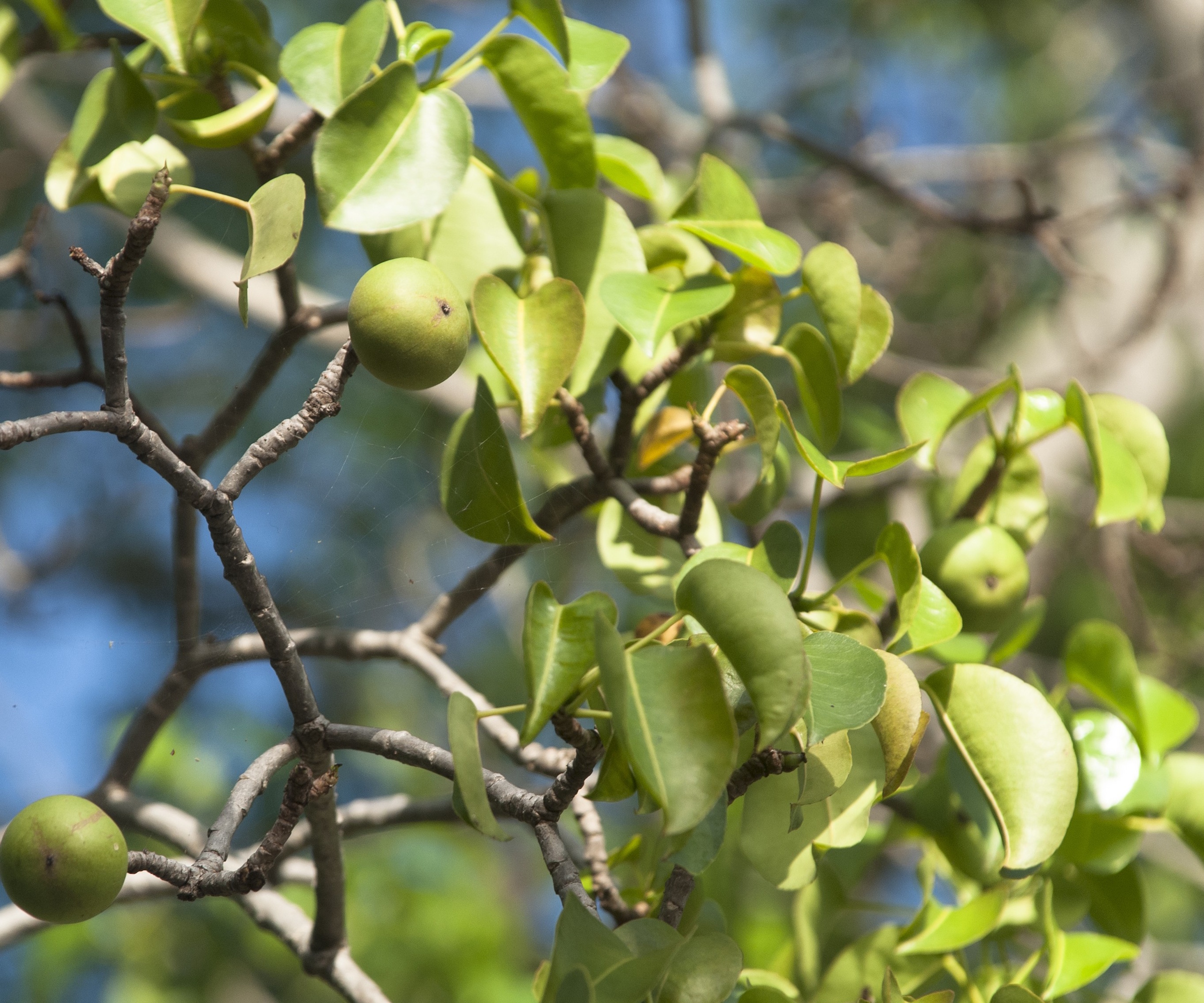
'Manchineel, or Hippomane mancinella, are extremely poisonous trees,' says Tabar Gifford, plant expert and American Meadows master gardener. 'Found growing along the coast of Florida, the West Indies and throughout much of Central America, all parts of the manchineel tree are toxic.
'The milky sap can cause severe skin blistering,' Tabar adds, 'and its fruit is extremely poisonous if ingested. In my opinion, this is an evergreen tree never to grow, particularly in small backyards or homes with young children.
'For a non-toxic alternative, consider planting the beach plum, or Prunus maritima,' Tabar advises. Native to the east coast of North America, the beach plum does best from US hardiness zone 3 to zone 8, tolerating sandy and saline soils. 'This species offers similar coastal adaptability to the manchineel, but without the dangers.'
Beach plum tree seeds are available to order online from Amazon.
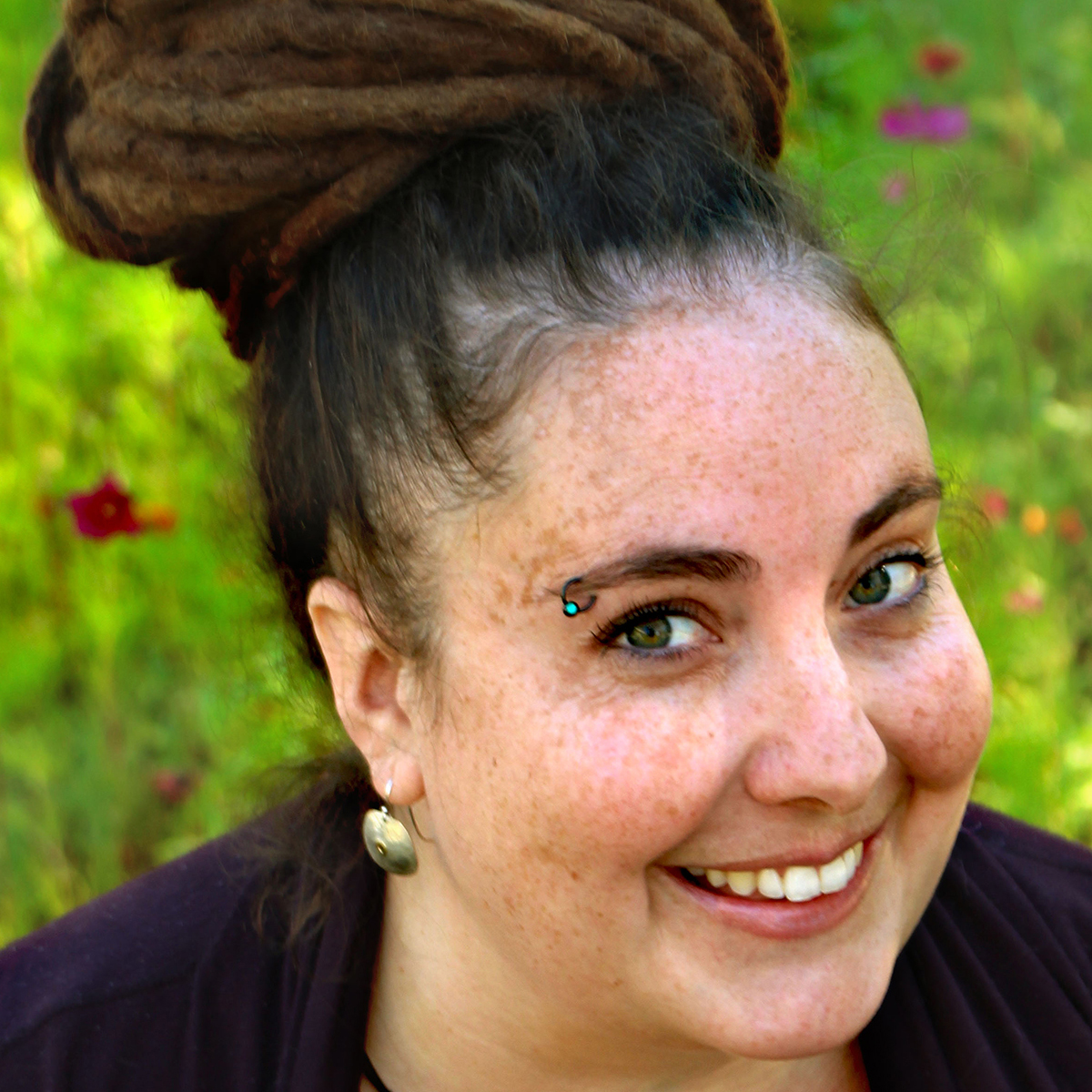
Tabar Gifford works as an American Meadows Master Gardener, and has a lifelong love for gardening and nature. With a background in environmental studies and sustainable community development, she enjoys combining her horticultural expertise with a commitment to education.
2. Poison sumac
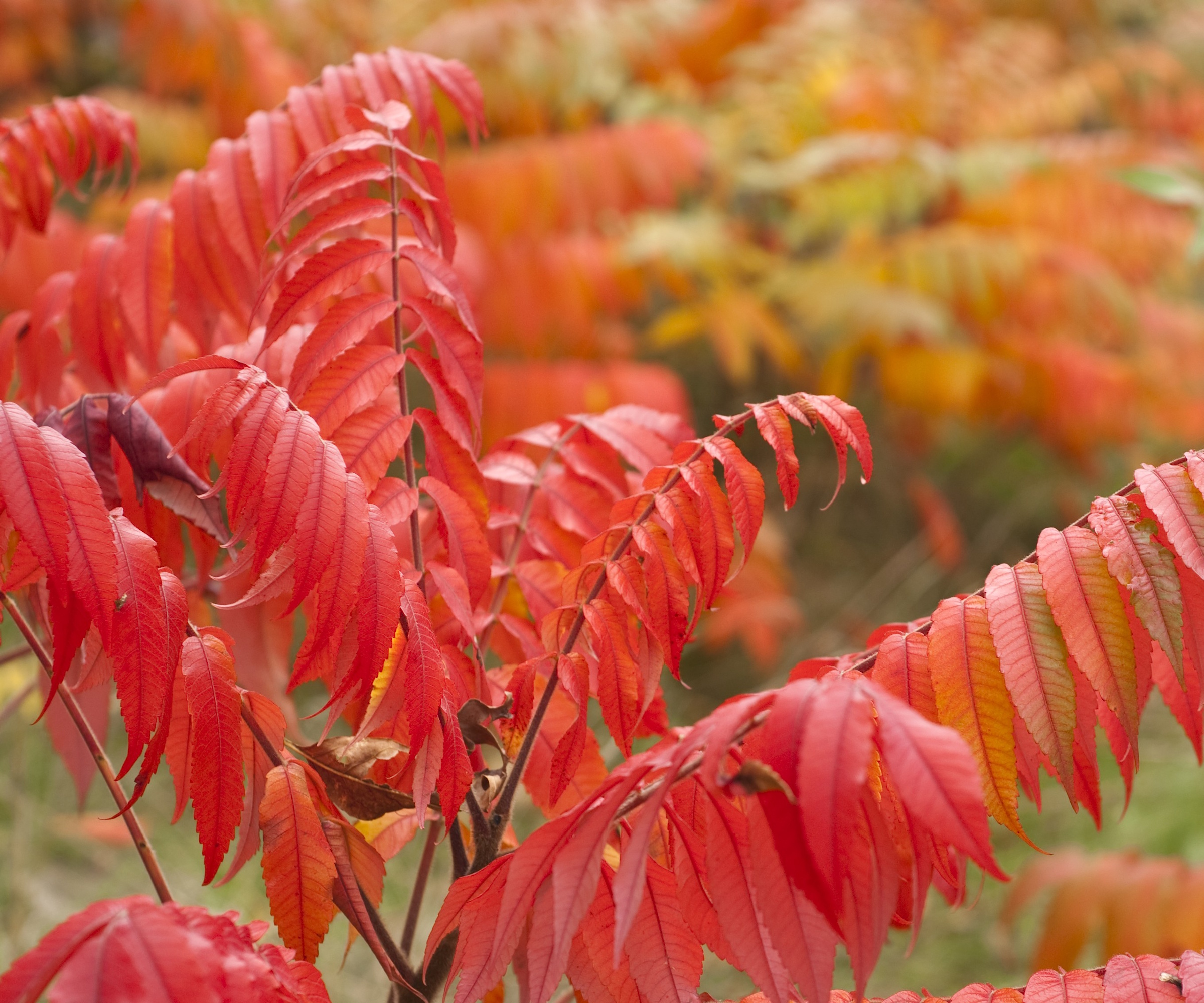
'Poison sumac, or Toxicodendron vernix, is another poisonous tree to be cautious of,' Tabar says. 'It is found growing in swamps and wetlands of eastern North America, but this native is a toxic hazard, causing a severe skin rash worse than poison ivy.
'Toxicodendron vernix contains urushiol oil, which can cause severe allergic skin reactions upon contact,' Tabar adds. 'If you are walking in nature or live near swamplands, it is a good idea to learn to identify and avoid this plant.
'If removal is necessary, wear protective clothing and wash clothes thoroughly afterward,' Tabar says. Try these long-handed gardening gloves from Walmart, which will protect your wrists and hands.
'For a non-toxic alternative, try planting the staghorn sumac,' Tabar recommends. 'Rhus typhina has similar foliage and berry clusters when compared to the poison sumac, but without the toxic traits.' Staghorn sumac live plants are available from Nature Hills.
Growing best from zone 3 plus, the staghorn sumac has brilliant fall foliage, with leaves turning from green to orange, yellow and red. Be warned, however, that this suckering species is vigorous, and in some regions, it is considered an invasive tree, so it might be best grown in containers to limit its spread.

These long-sleeved leather gardening gloves are ideal for keeping your hands safe when handling poisonous tree clippings.
3. Yew
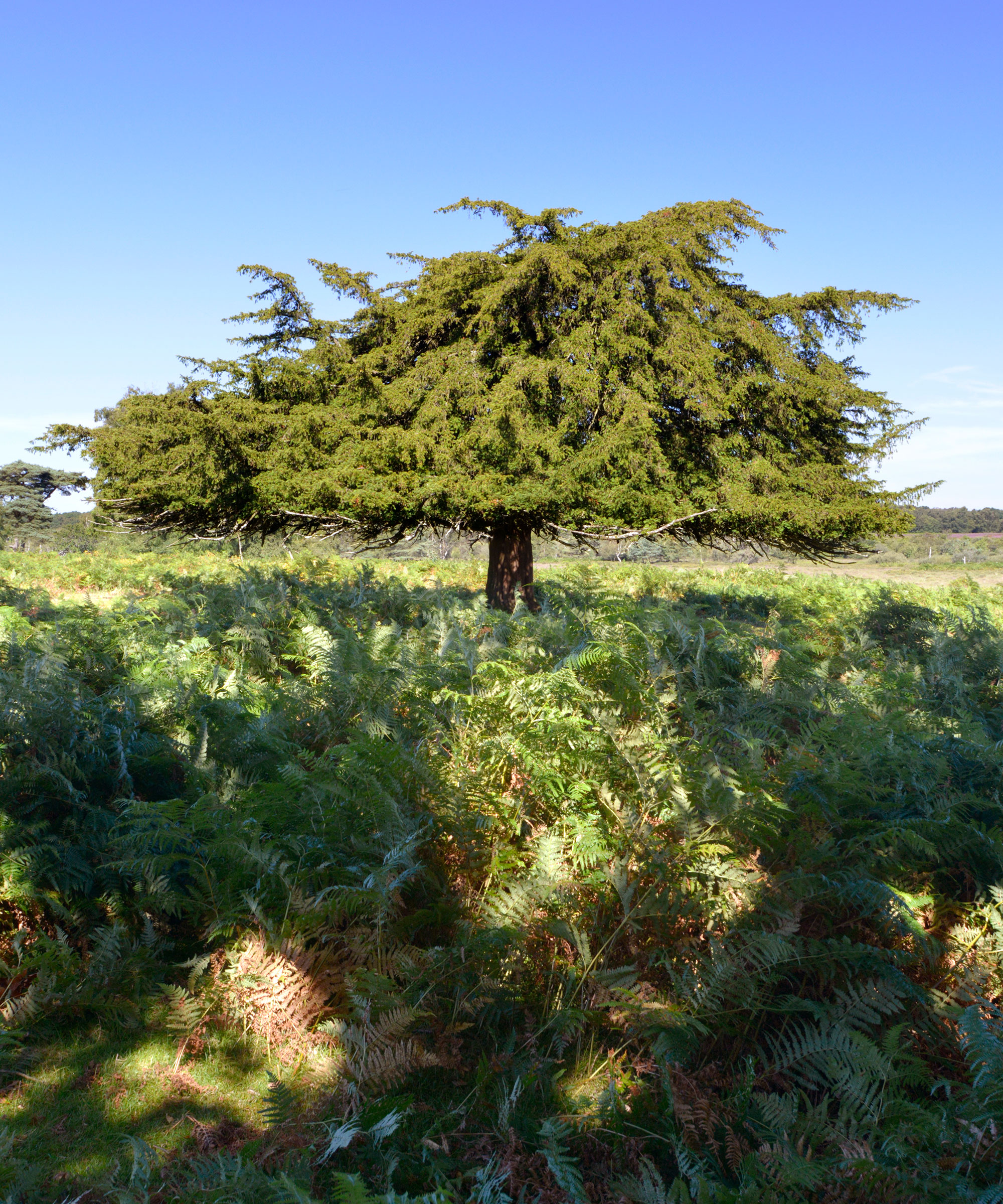
'The English Yew, Taxus baccata, is an extremely poisonous plant that can be found in many gardens worldwide,' says Scott Seargeant, tree expert, arborist and landscaper based in California.
'The yew is a small slow-growing tree that looks similar in appearance to a small pine or redwood,' Scott adds. 'These evergreen trees are prized for their dense foliage, but don't let them fool you - all parts are poisonous.
'While I have never had any dermatitis from handling or planting yew trees, gardeners should be careful. Use gloves and a long-sleeved shirt to keep the sap from touching your skin,' Scott says.
You should also keep an eye on children and pets when the red berries emerge. While they look like small jewels, they contain taxane alkaloids and cause severe pain and discomfort if ingested.
'For an alternative, safer option, try growing the Alberta spruce, Picea glauca, which has a similar dense evergreen habit but without the toxicity.' This hardy species can be grown down to zone 2 and will tolerate deep freezes during winter without worry. Alberta spruce live plants are available from Amazon.

I’m an International Arborist and landscape contractor in California. I have extensive knowledge of trees, what keeps them healthy, and what makes them unhealthy. I also have a college degree and am experienced and knowledgeable on all gardening and landscaping topics.
4. Black locust tree
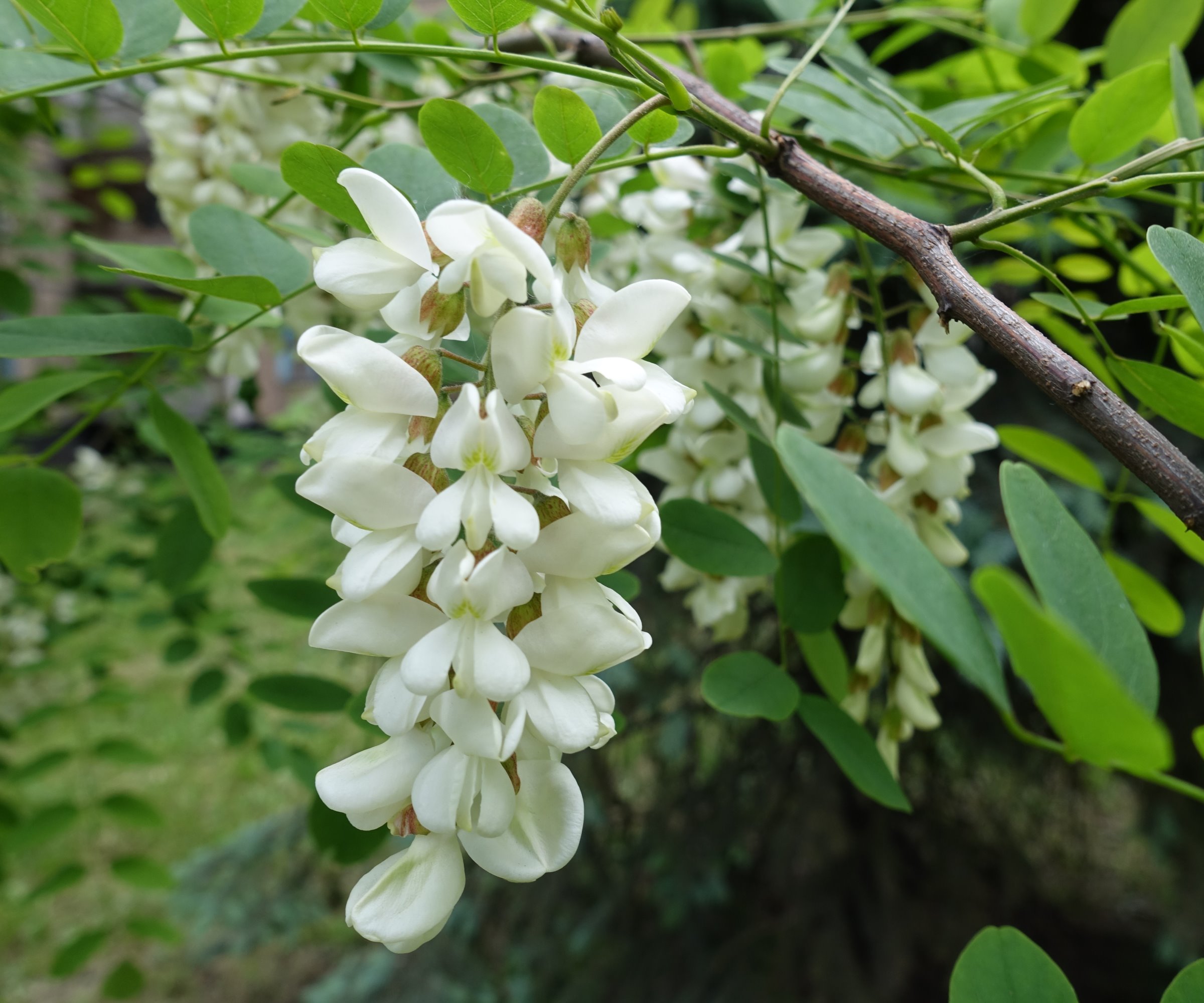
'Black locust, or Robinia pseudoacacia, is a fast-growing flowering tree native to North America,' Scott says. 'Able to grow in poor soils, black locust is a pioneer tree species used in reclamation sites where the land has been stripped or disturbed. Remarkably, this tree can help to renourish soil, possessing nitrogen-fixing qualities in its roots.'
However, the bark, seeds and leaves of Robinia pseudoacacia contain poisonous compounds called toxalbumins that are dangerous for both humans and animals. When removing pruned material, be sure to wear protective clothing to keep your hands and arms safe.
'They are also considered invasive plants in many regions,' Scott says, 'and I would certainly say they are trees never to plant in a small backyard as they grow fast and multiply by suckers and seeds.
'If you need to replace a hazardous black locust tree, try growing the honey locust instead,' Scott says. 'The honey locust, or Gleditsia triacanthos, is a large deciduous tree that can be grown from zone 3. It has a similar fragrant flowers, leaf structure and thorns, much the same as the black locust, but without the poison.'
Honey locust live trees are available online from Amazon.
5. Chinaberry
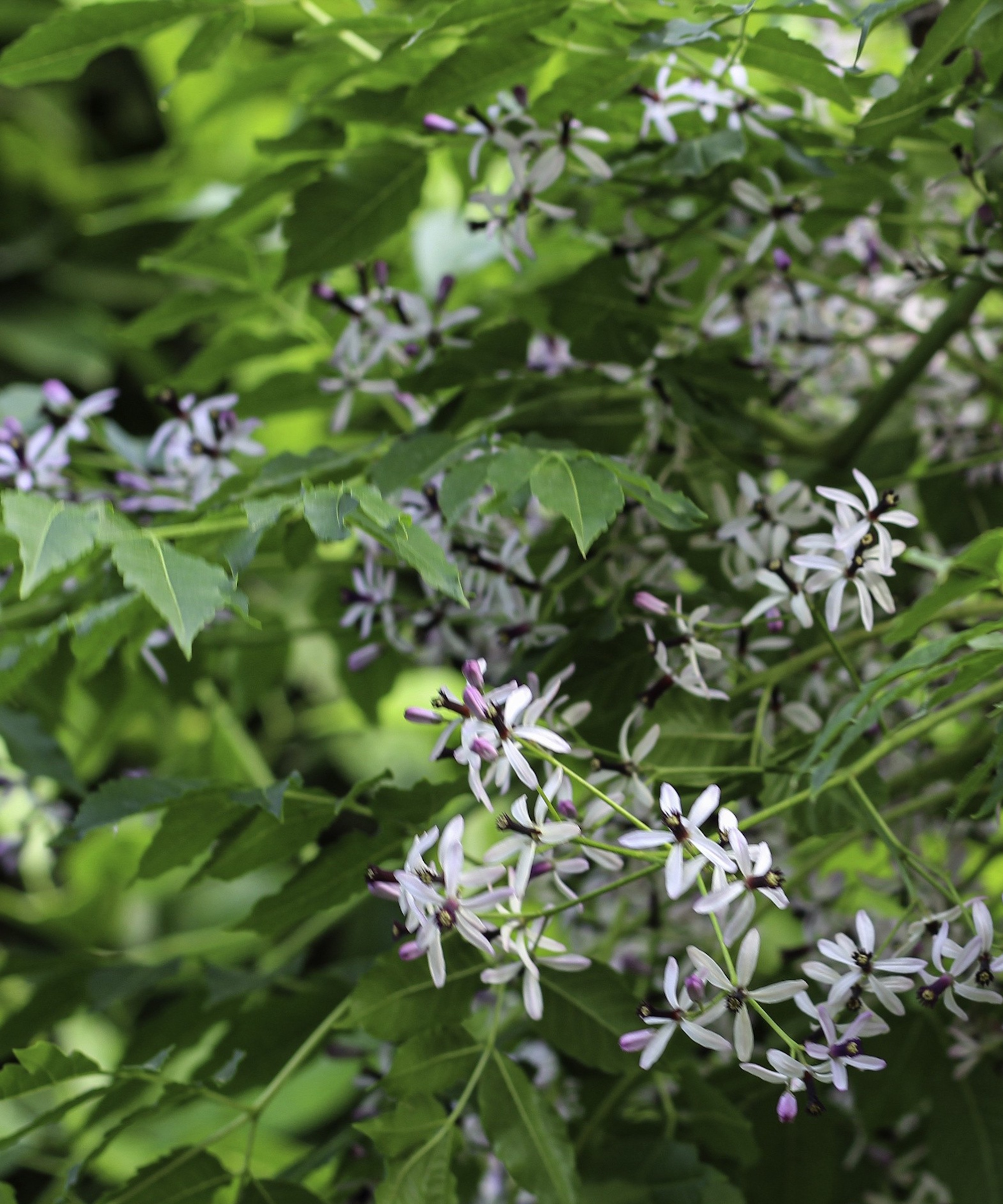
'The Chinaberry tree, or Melia azedarach, was a popular tree during the American Revolution era and was liked by Thomas Jefferson and George Washington,' says Scott. Native to India and China, this deciduous tree can reach upwards of 40 feet.
'However, despite its popular appeal, all parts of the Chinaberry tree are poisonous, especially the berries,' Scott adds. 'While this can be a good landscape tree in larger, rural plots, the copious number of toxic berries limit its usage.'
For a non-poisonous tree, why not add Arbutus unedo, or the strawberry tree to your yard? The strawberry tree can be grown from US hardiness zone 7 and produces attractive, non-toxic red fruits from late summer. Although the taste of these fruits is nothing to write home about, this evergreen species can add year-round interest to any sunny plot. Strawberry trees are available to order from Amazon.
FAQs
Are holly trees poisonous?
While holly trees, or Ilex aquafolium, are highly valued trees and shrubs, their berries are indeed poisonous to humans and animals. 'You might enjoy holly in your traditional holiday décor, but the plant is poisonous, especially the berries which contain saponin,' Scott says. 'When ingested, this can cause severe pain and discomfort. A good alternative is the sweet olive, or Osmanthus spp., which has softer spines and can also be used in hedging or as a statement plant.'
If you have a poisonous tree growing in your yard, always remember to approach with caution, particularly when you are pruning. Instead of using a ladder and getting close to the foliage, you could buy pruners that extend, such as these Felco pole saw pruners from Amazon. Cutting branches and stems this way means that you can stand at a distance from the tree, just be sure to wear protective clothing and watch out for falling stems as you work as the sap can irritate the skin.
Sign up to the Homes & Gardens newsletter
Design expertise in your inbox – from inspiring decorating ideas and beautiful celebrity homes to practical gardening advice and shopping round-ups.

Thomas is a Content Editor within the Gardens Team at Homes and Gardens. He has worked as a professional gardener for both public spaces and private estates, specializing in productive gardening, growing food and flowers. Trained in Horticulture at the Garden Museum, he has written on gardening and garden history for various publications, including The English Garden, Gardens Illustrated, Hortus, The London Gardener and Bloom. He has co-authored a Lonely Planet travel book, The Tree Atlas, due out in 2024.
You must confirm your public display name before commenting
Please logout and then login again, you will then be prompted to enter your display name.
-
 7 tiny chores that instantly make your home look more put together without buying anything – including shopping your stash and quick decluttering
7 tiny chores that instantly make your home look more put together without buying anything – including shopping your stash and quick declutteringSimple organization can make a real impact, experts assure
By Ottilie Blackhall
-
 Want to make your home look more charming? These 4 Benjamin Moore exterior shades will up your curb appeal
Want to make your home look more charming? These 4 Benjamin Moore exterior shades will up your curb appealIf you're on the prowl for a new shade to try for the outside of your home, Benjamin Moore has unveiled its most 'charming' colors
By Sophia Pouget de St Victor
-
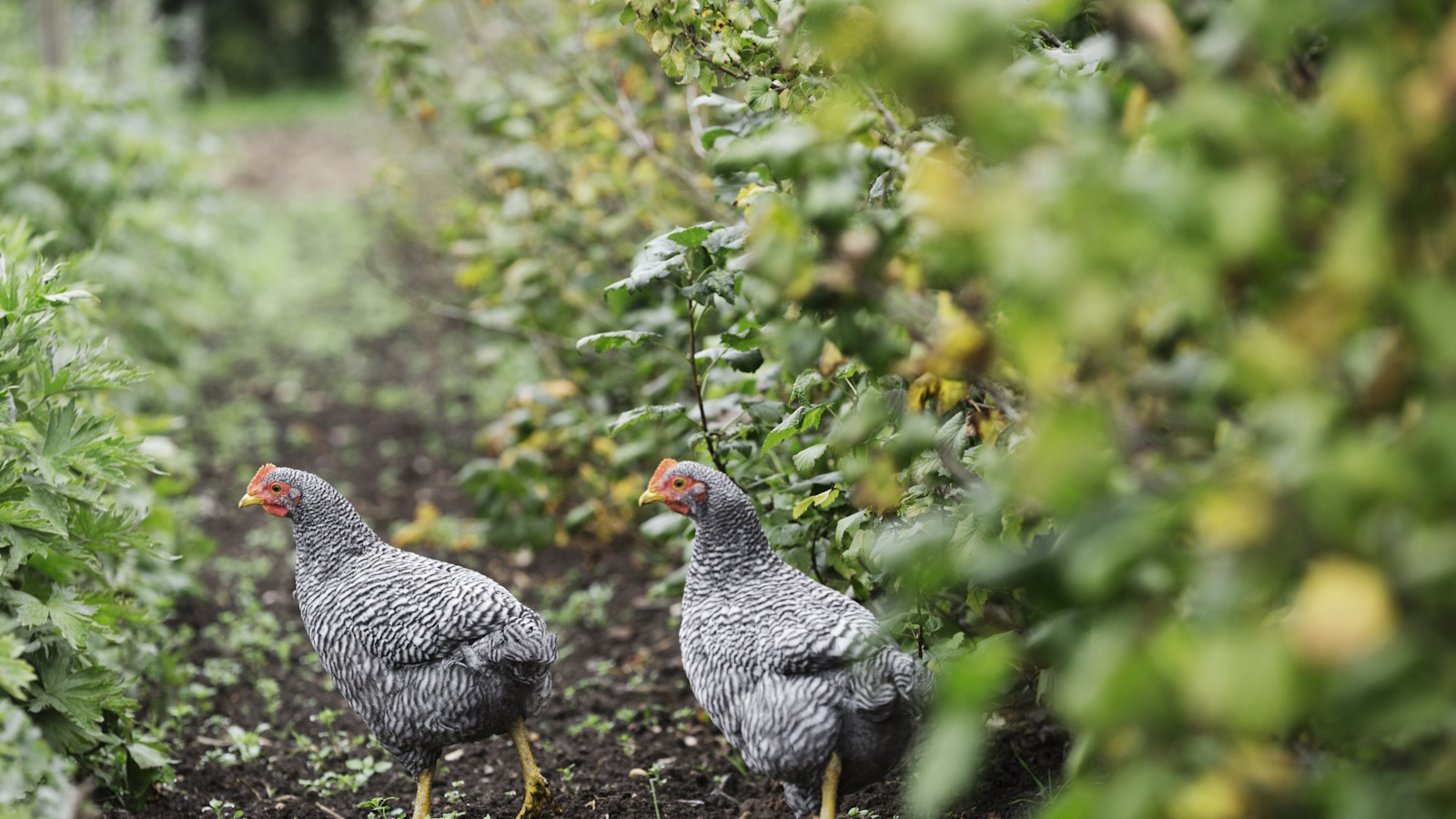 Best plants for a chicken run – 7 fragrant and floral plants for happy hens and beautiful coops
Best plants for a chicken run – 7 fragrant and floral plants for happy hens and beautiful coopsYour chicken run can be every bit as beautiful as your own garden, so long as you do your research first
By Kayleigh Dray
-
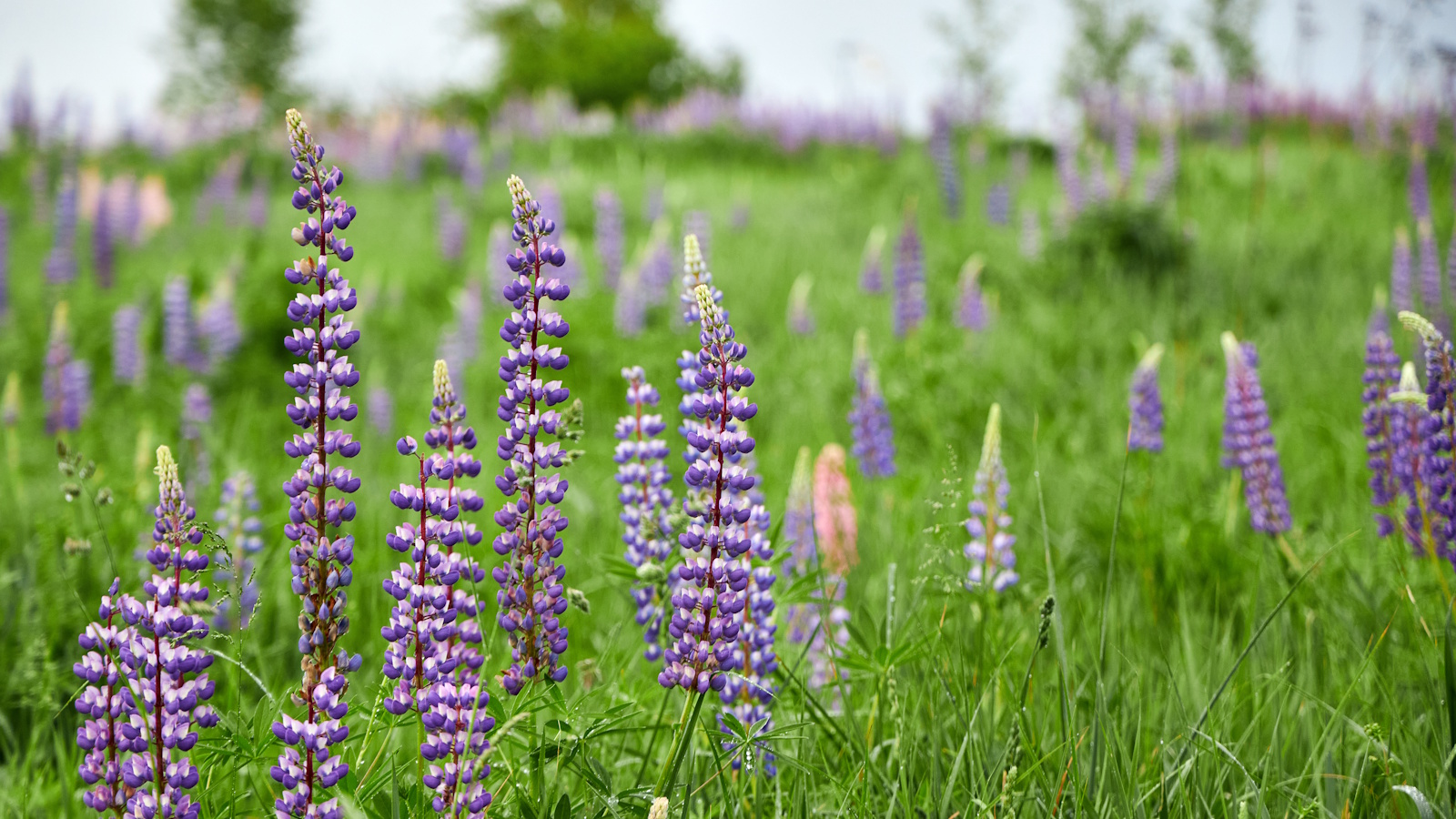 How to grow lupine – expert advice on growing this dramatic and vibrant cottage garden flower
How to grow lupine – expert advice on growing this dramatic and vibrant cottage garden flowerVibrantly colored flower stalks make swathes of lupines a sight to see in meadows and cut flower gardens alike
By Ellen Wells
-
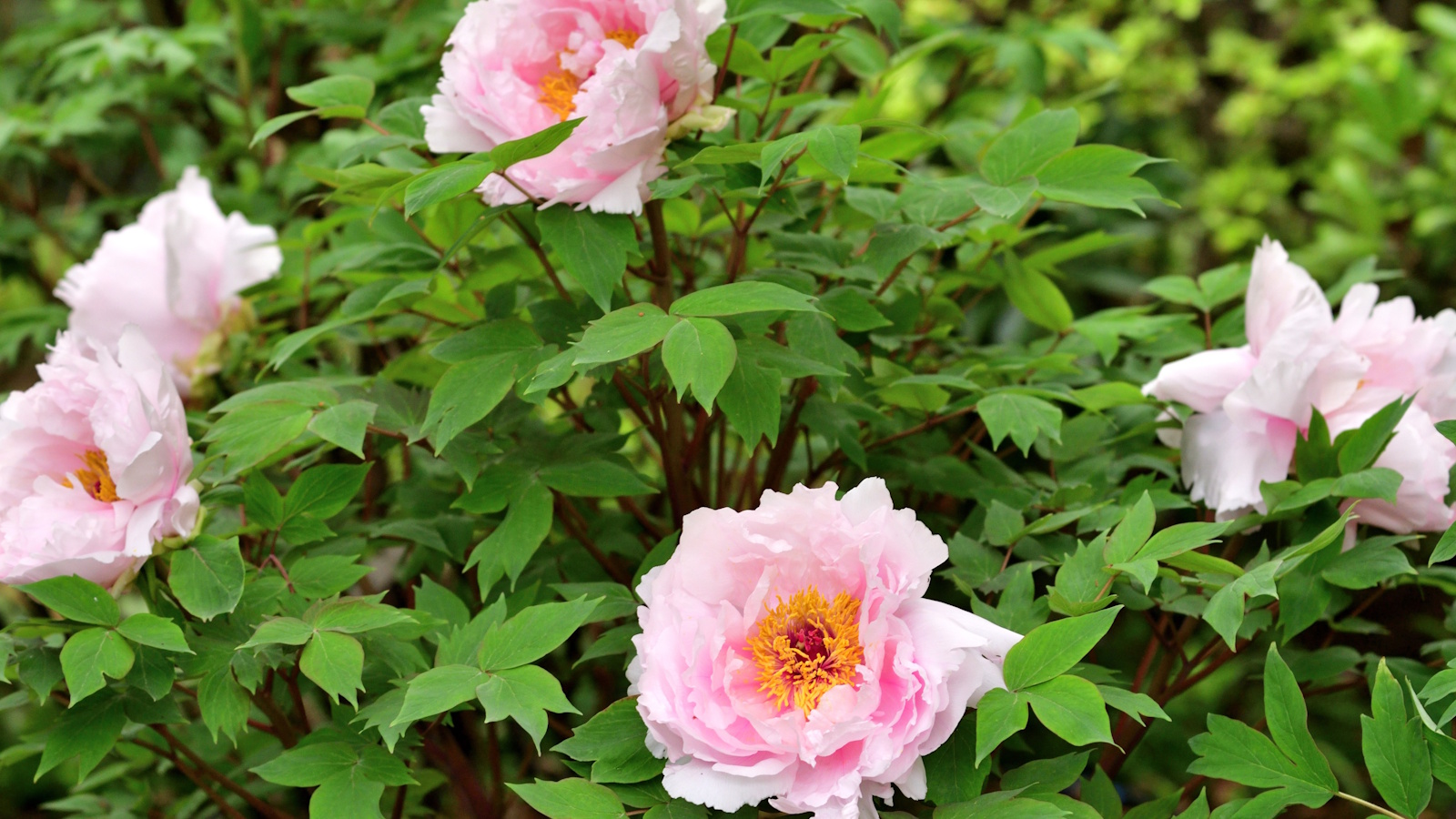 How to grow tree peonies in pots – for a show-stopping shrub that will thrive in partially shaded yards
How to grow tree peonies in pots – for a show-stopping shrub that will thrive in partially shaded yardsWith large, saucer-like blooms, tree peonies are the ultimate flowering shrub
By Thomas Rutter
-
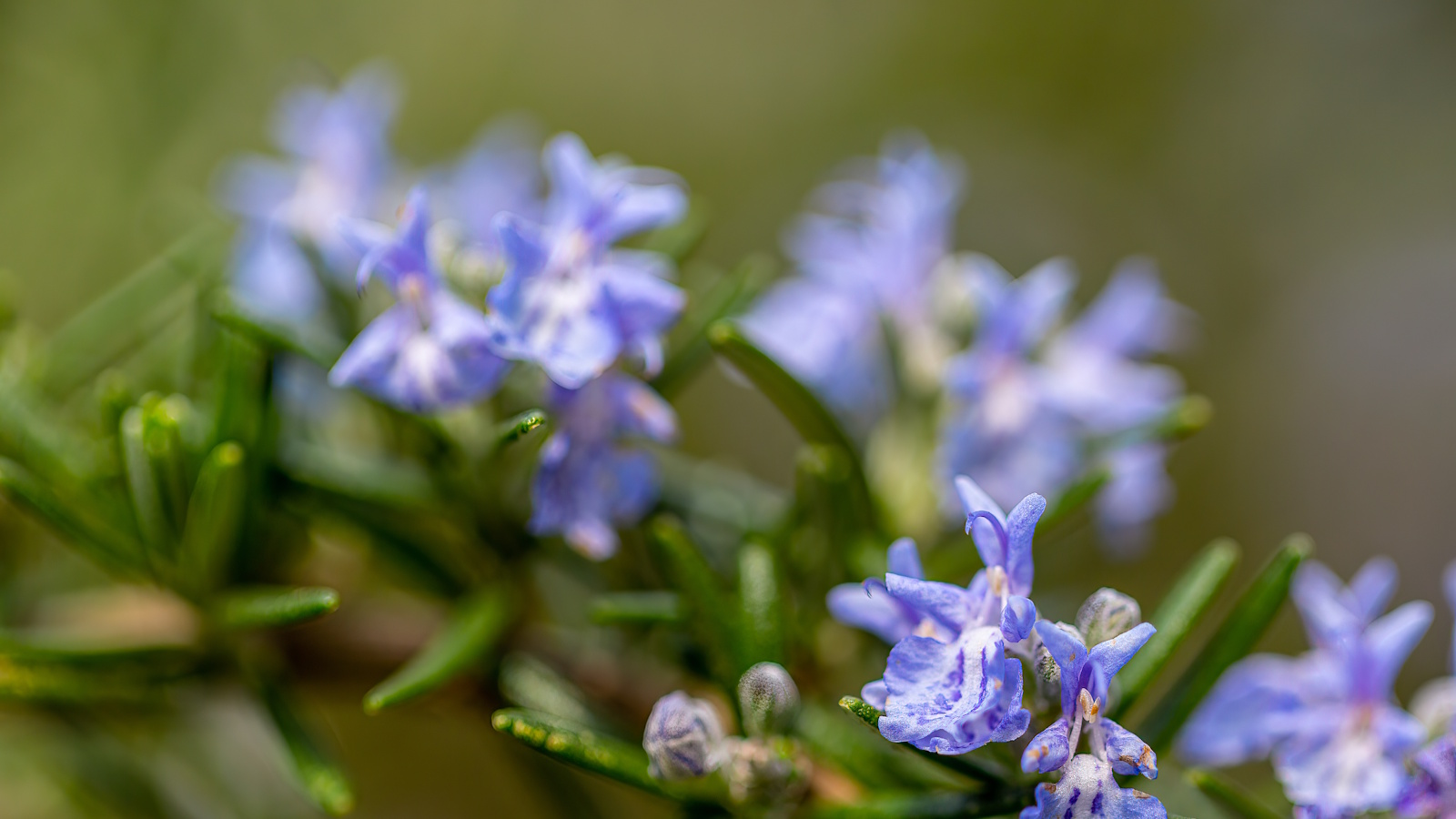 Can you revive woody rosemary plants? Expert pruning advice from a professional gardener to save old, leggy herbs
Can you revive woody rosemary plants? Expert pruning advice from a professional gardener to save old, leggy herbsWith the right pruning approach, old and woody rosemary plants can be brought back to life
By Thomas Rutter
-
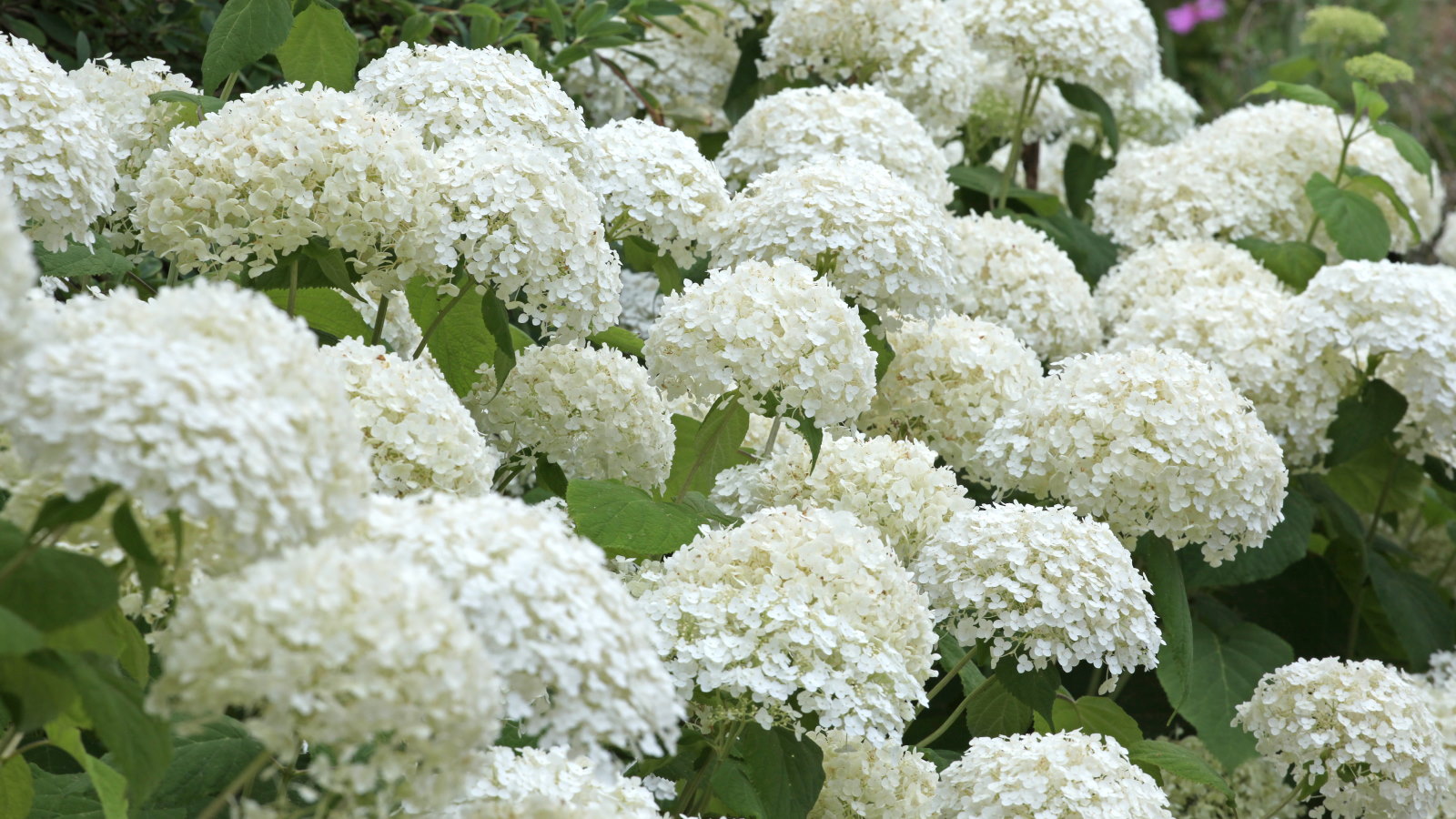 Your hydrangeas will flourish with bigger blooms and healthier growth thanks to this 1 natural material that is easy to use
Your hydrangeas will flourish with bigger blooms and healthier growth thanks to this 1 natural material that is easy to useDiscover why you should be using leaf mold to mulch hydrangeas
By Drew Swainston
-
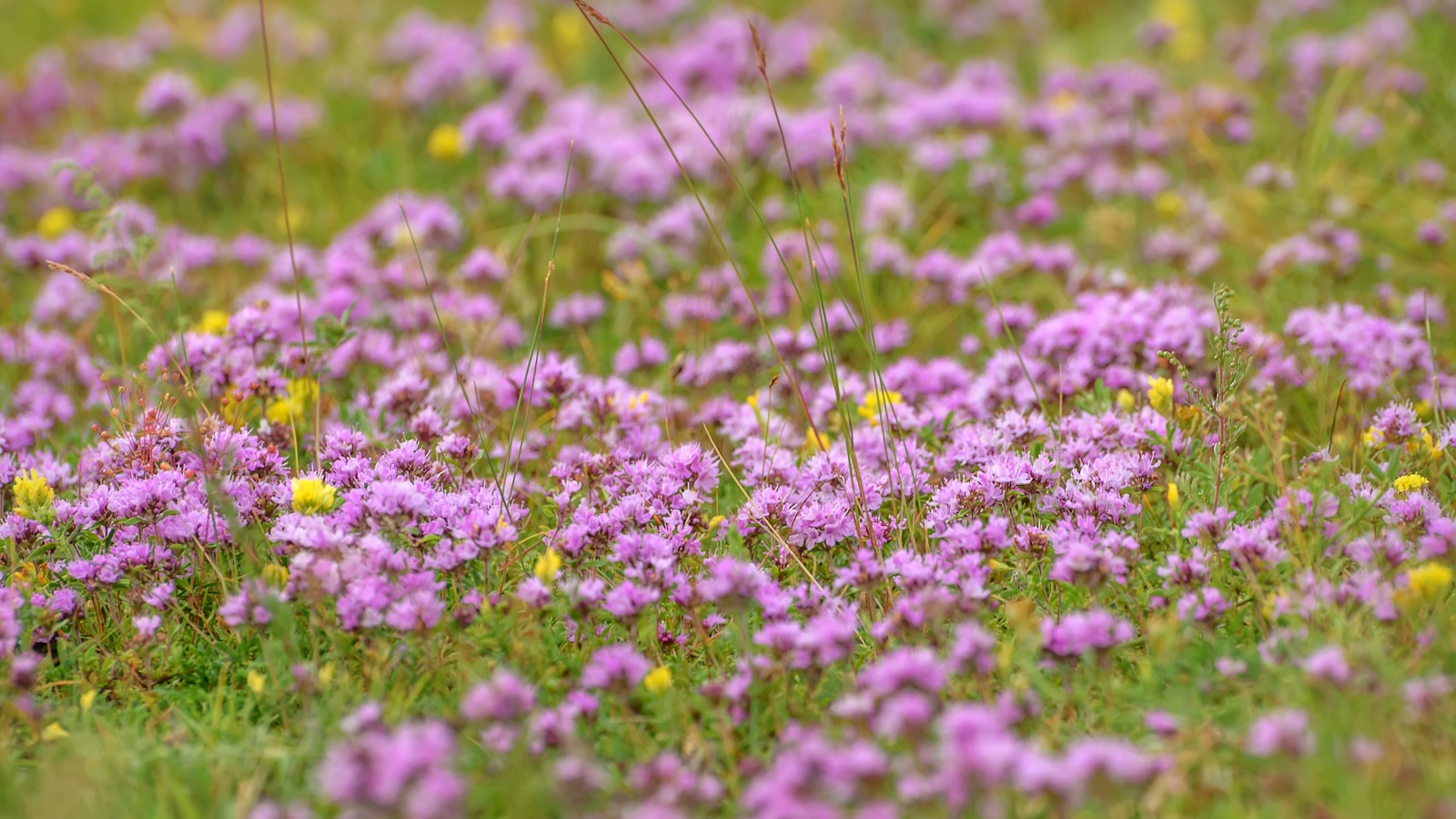 5 fast-growing tiny flowers – expert recommendations to fill your pots and borders with color in record time
5 fast-growing tiny flowers – expert recommendations to fill your pots and borders with color in record timeThese fast-growing tiny flowers prove that miniature can also be marvelous
By Thomas Rutter
-
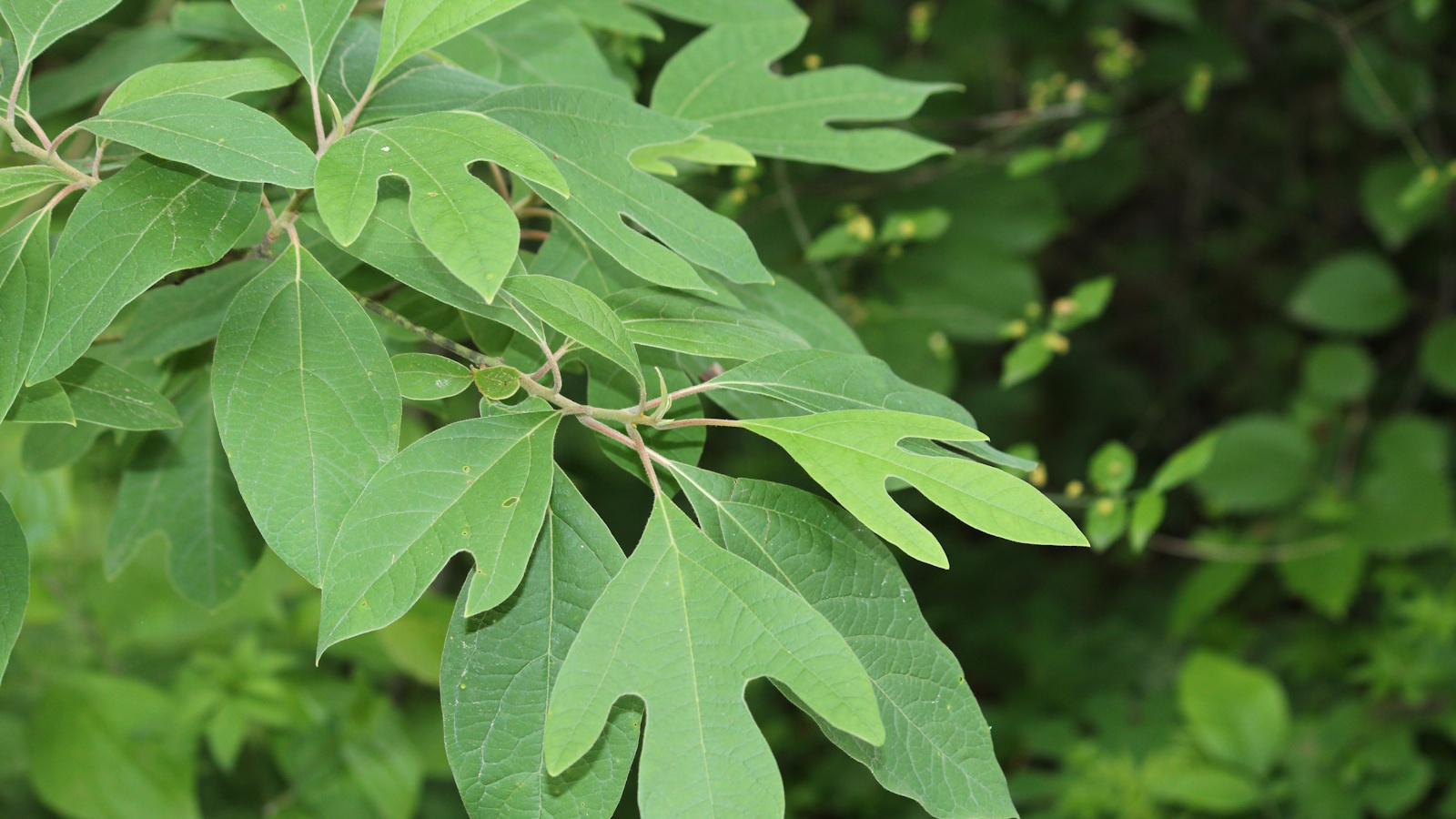 How to grow sassafras – for a low-maintenance native tree that can even be planted in shady yards
How to grow sassafras – for a low-maintenance native tree that can even be planted in shady yardsFor an easy-to-grow North American tree, you will not find much better than sassafras
By Thomas Rutter
-
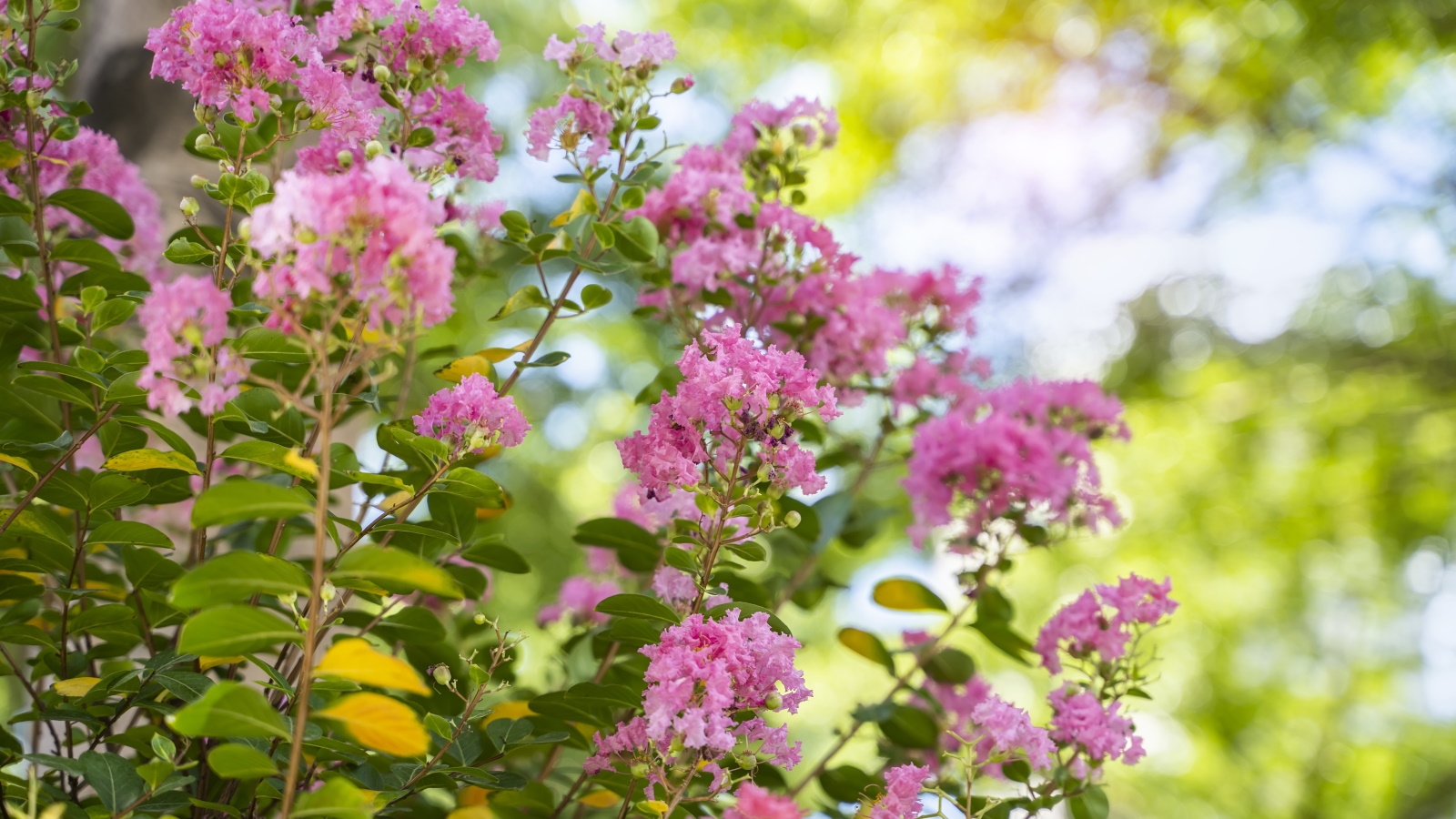 How to grow crepe myrtle in pots – and transform even the smallest of yards with dazzling flowers this summer
How to grow crepe myrtle in pots – and transform even the smallest of yards with dazzling flowers this summerGrowing crepe myrtles in pots will inject splashes of brilliant color into your outside space
By Thomas Rutter
